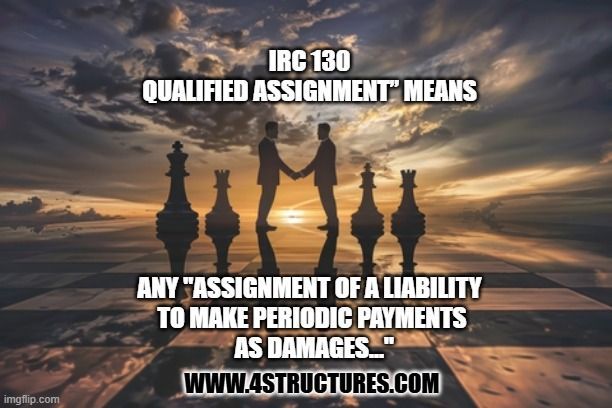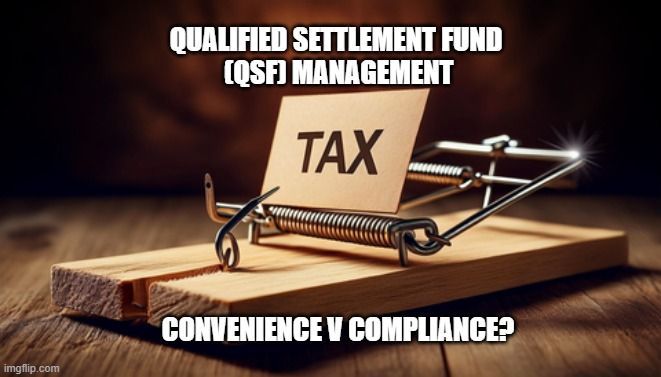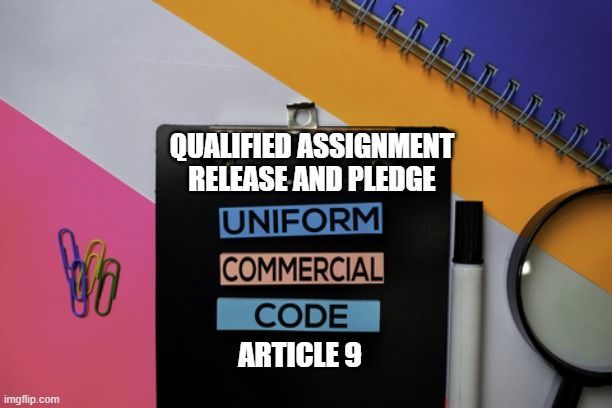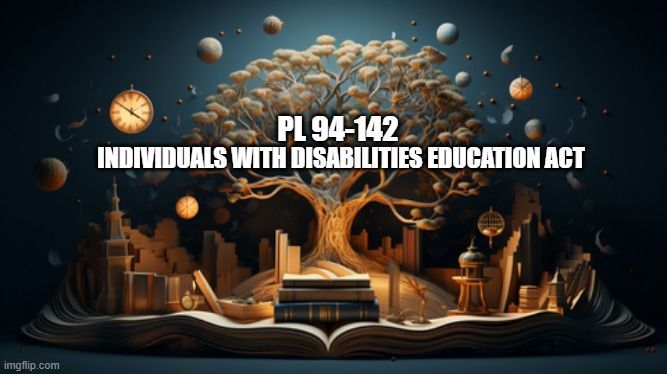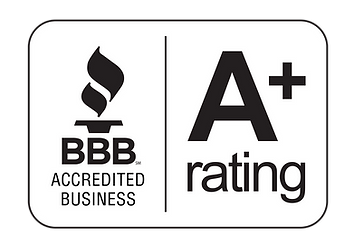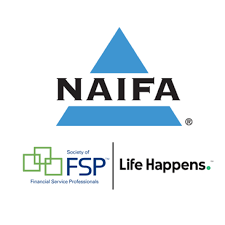Texas Structured Settlements Requiring Court Approval
Bill 3771 Judge CAN Consider Insurers Without AM Best, S&P, Moodys, Fitch Rating
When it comes to ratings there is more than one way to "skin a life insurance company".
If enacted, Texas HB3771 would remove longstanding reliance on threshold ratings from A.M. Best, Standard & Poors, Moodys when a judge's approval is required to establish a structured settlement.
If enacted, SECTION
1. Section 142.009, Property Code
, would be amended at Subsection (b) and adding Subsection (c) to read as follows:
(b) In approving an insurance company under Subsection (a)(3), the court may consider whether the company:
(1) holds an issuer credit rating equivalent to a NAIC 1 designation from a national or international rating agency that [organizations]:
(A) has registered with the Securities and Exchange Commission ;
(B) is designated as a nationally recognized statistical rating organization ; a nd
(C) is on the list of Credit Rating Providers by the Securities Valuation Office of the National Association of Insurance Commissioners
(c) The presiding judge may resolve disputes regarding which company will provide the annuity contract for a structured settlement by making a determination that is in the best interests of the beneficiary of the structured settlement, taking into account factors customarily considered in making a determination under Section 141.004, Civil Practice and Remedies Code.The proposed amendment appears to be an accommodation for Fort Worth based Independent Life Insurance Company, a structured settlement only life insurer which was established in 2018. While not rated by A.M. Best, S&P , Moodys or Standard & Poors or Fitch, Independent Life Insurance Company is rated by Kroll Bond Ratings Agency (KBRA ). According to the Insurance information Institute , "there are five independent agencies—A.M. Best, Fitch, Kroll Bond Rating Agency (KBRA), Moody’s and Standard & Poor’s—rate the financial strength of insurance companies. Each has its own rating scale, its own rating standards, its own population of rated companies, and its own distribution of companies across its scale. Each agency uses numbers or plusses and minuses to indicate minor variations in rating from another rating class.

